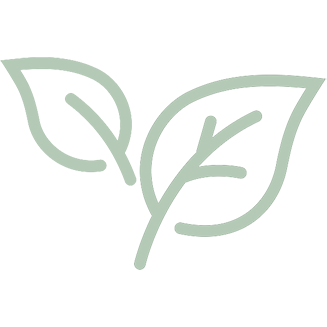Over the past couple of months the Programming Educators and Assistant Directors at Flinders have been exploring the image of the child. What does this idea mean? What is our image of the child? What does the Flinders child look like? How does this impact on our practice and programs? An interesting journey…
We began by exploring what the phrase ‘image of the child’ means. Originating in the Reggio Emilia philosophy, the image of the child corresponds to people’s beliefs about who children are and what they can do. Not individual children, but children broadly. So when we talk about the image of the child we are talking about all children; not just a quality or personality trait or disposition that is a part of one child’s character. The image of the child informs all areas of our practice, be it consciously or unconsciously.
Because the image of the child has such a significant impact on our practice, we began to explore some descriptors, some terms that could encapsulate our collective image of children. This is a complex process to undertake within a group of educators; so much of this is about values and attitudes. Yet we recognise that having a statement or series of terms that we all agreed clarified our collective image of the child, a definition of the Flinders child, could helps us to support children, educators and families in new an interesting ways. We could use this statement as a touchstone to refer to in our pedagogical decision making.
So we began our list. The Flinders child is;
dedicated, quick, thoughtful, fun, questioning, creative, risky, researchers, clever, energetic, progressive, imaginative, purposeful, engaged, beautiful, surprising, competent, unique, strong, open minded, collaborative, reflective, interested, willing, amazing, quirky, caring, inspiring, able, free, inventive, innocent, adventurous, cooperative, enthusiastic, explorers, challenging, loving, powerful, capable, peaceful, determined, social, motivated, curious, and opinionated (in a nice way).
Now we begin deconstructing these terms, exploring what they mean to us, to children, to families. We begin exploring how to advocate for, support and extend this child; how to find this image in all children, and how to enable children to see themselves this way. We anticipate this will have significant implications for our programs, our practice, our culture and our children.
What do you think? What is your image of the child? Share with us how you see your child.
